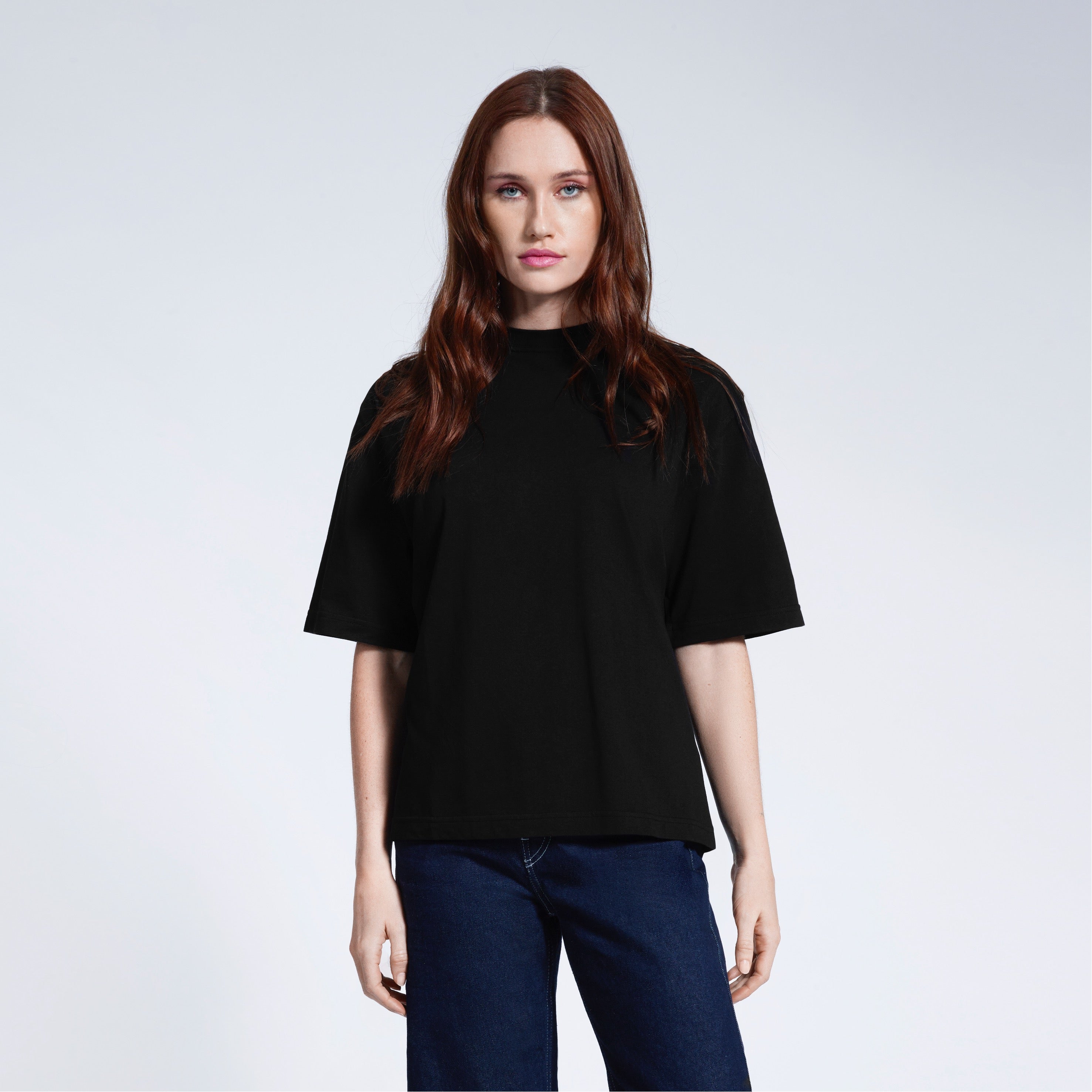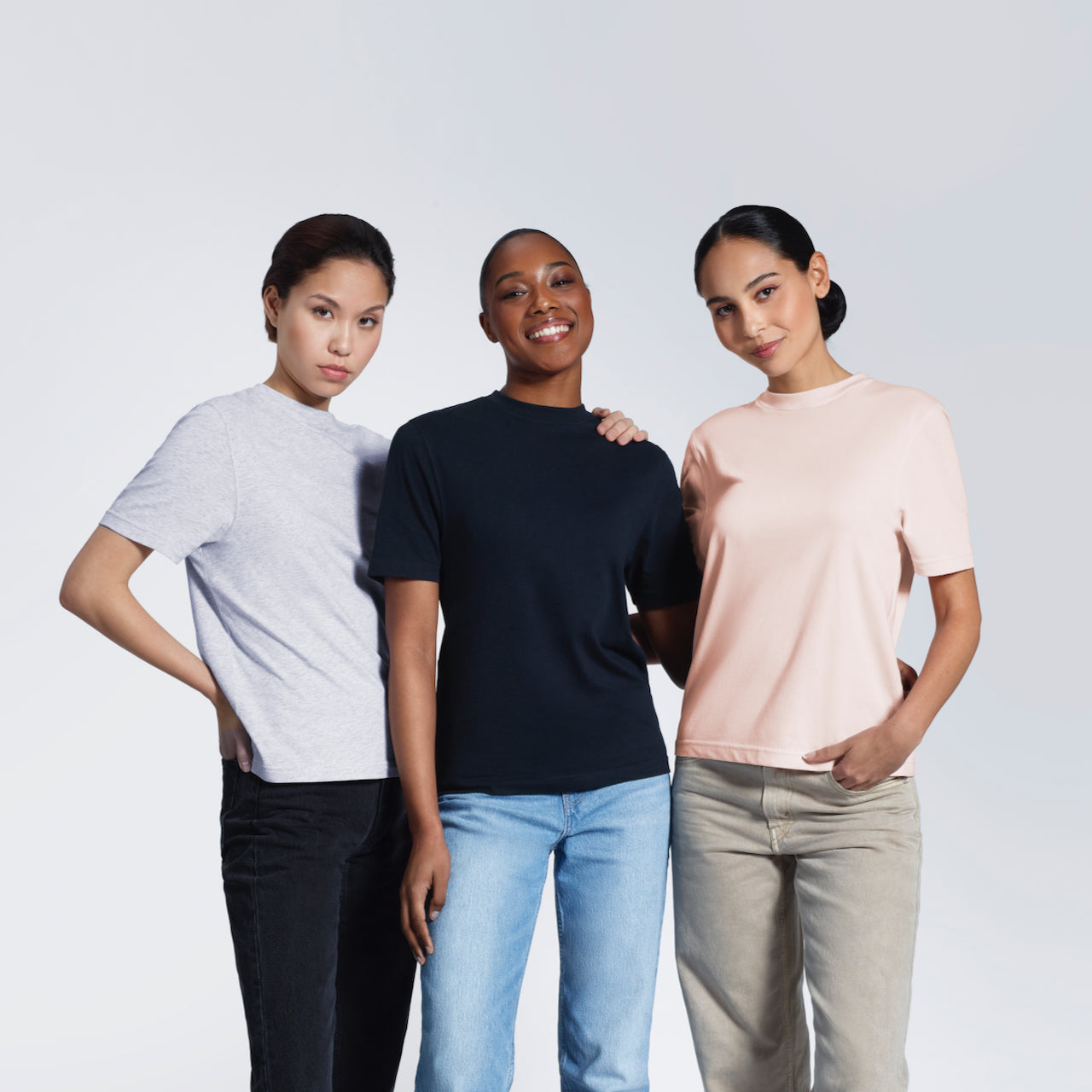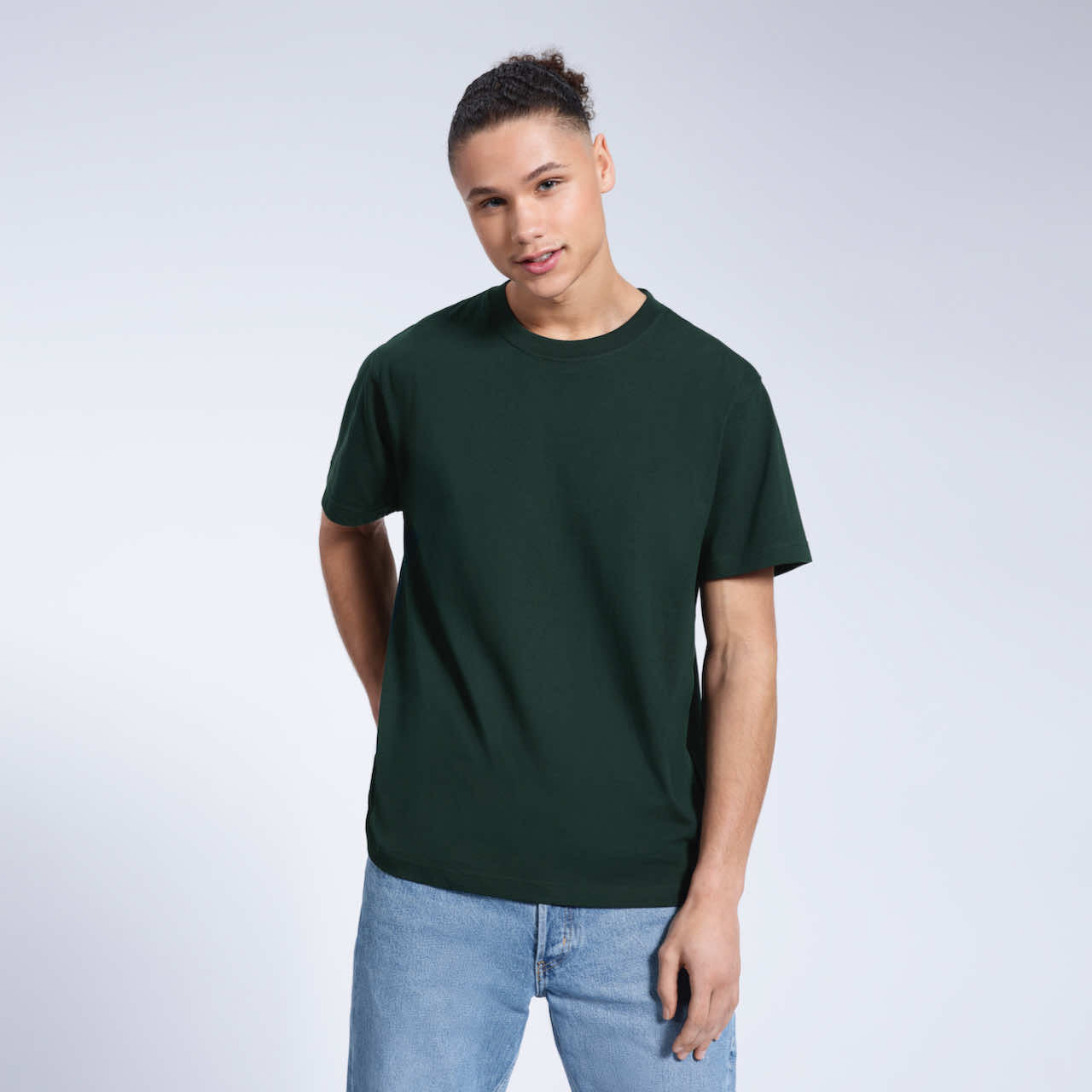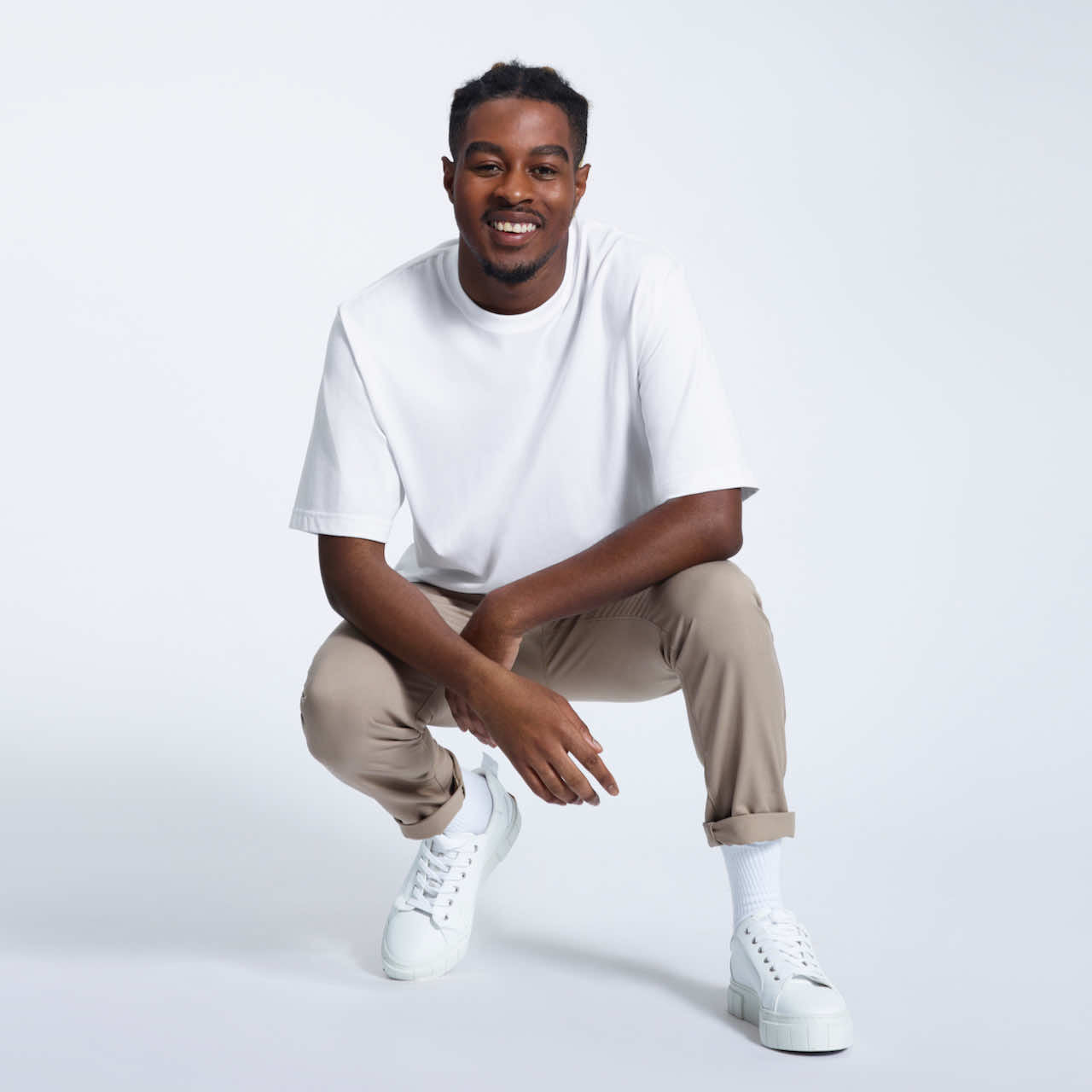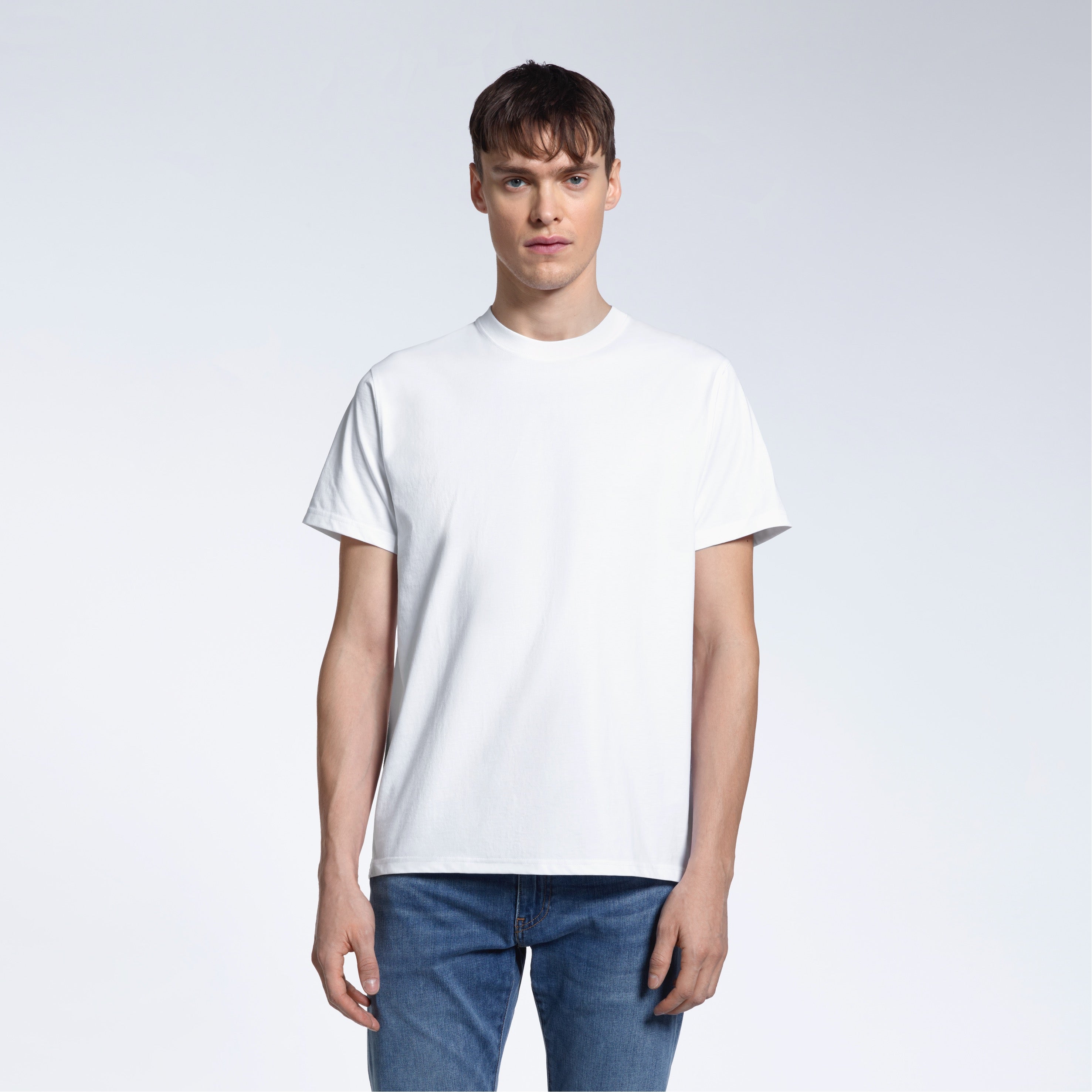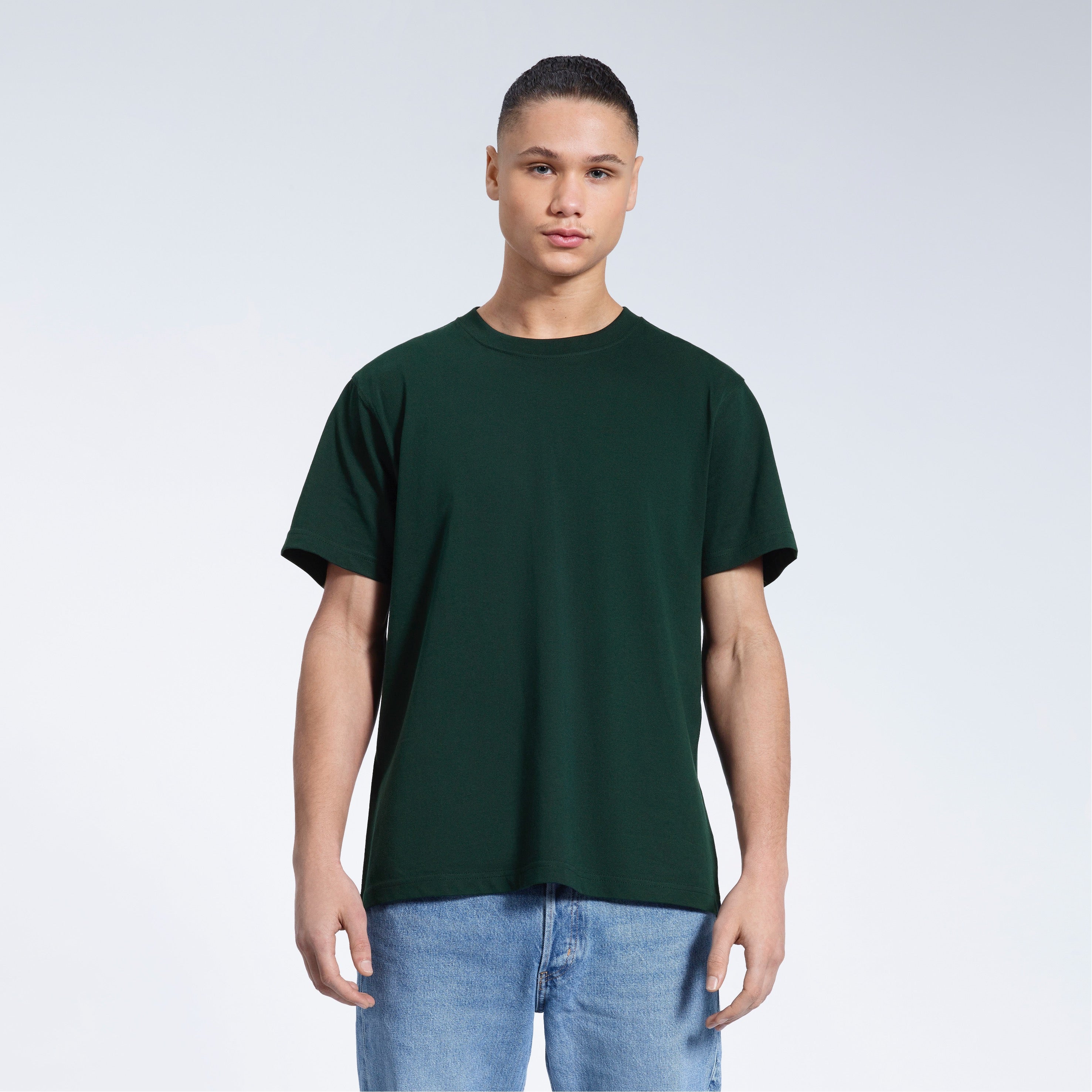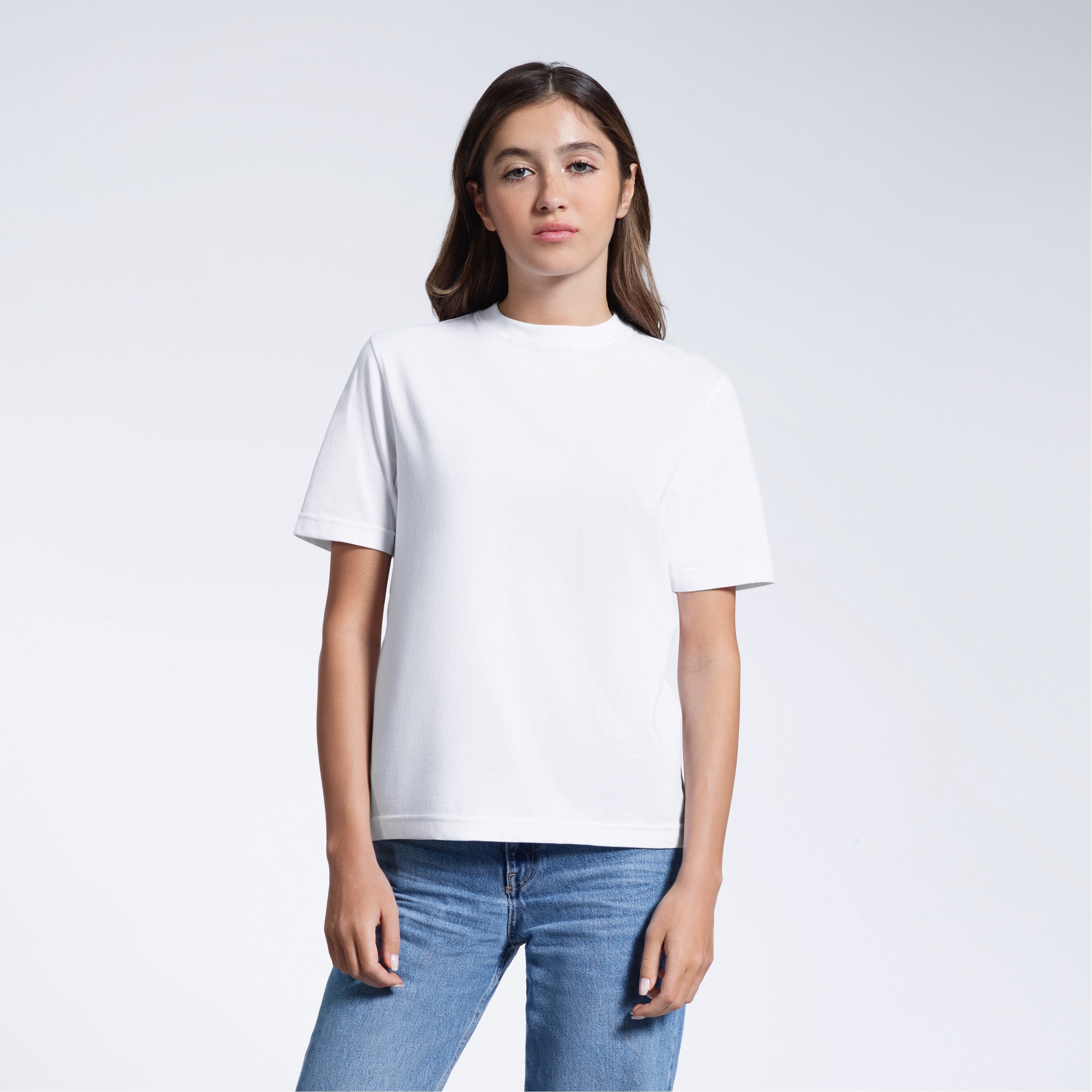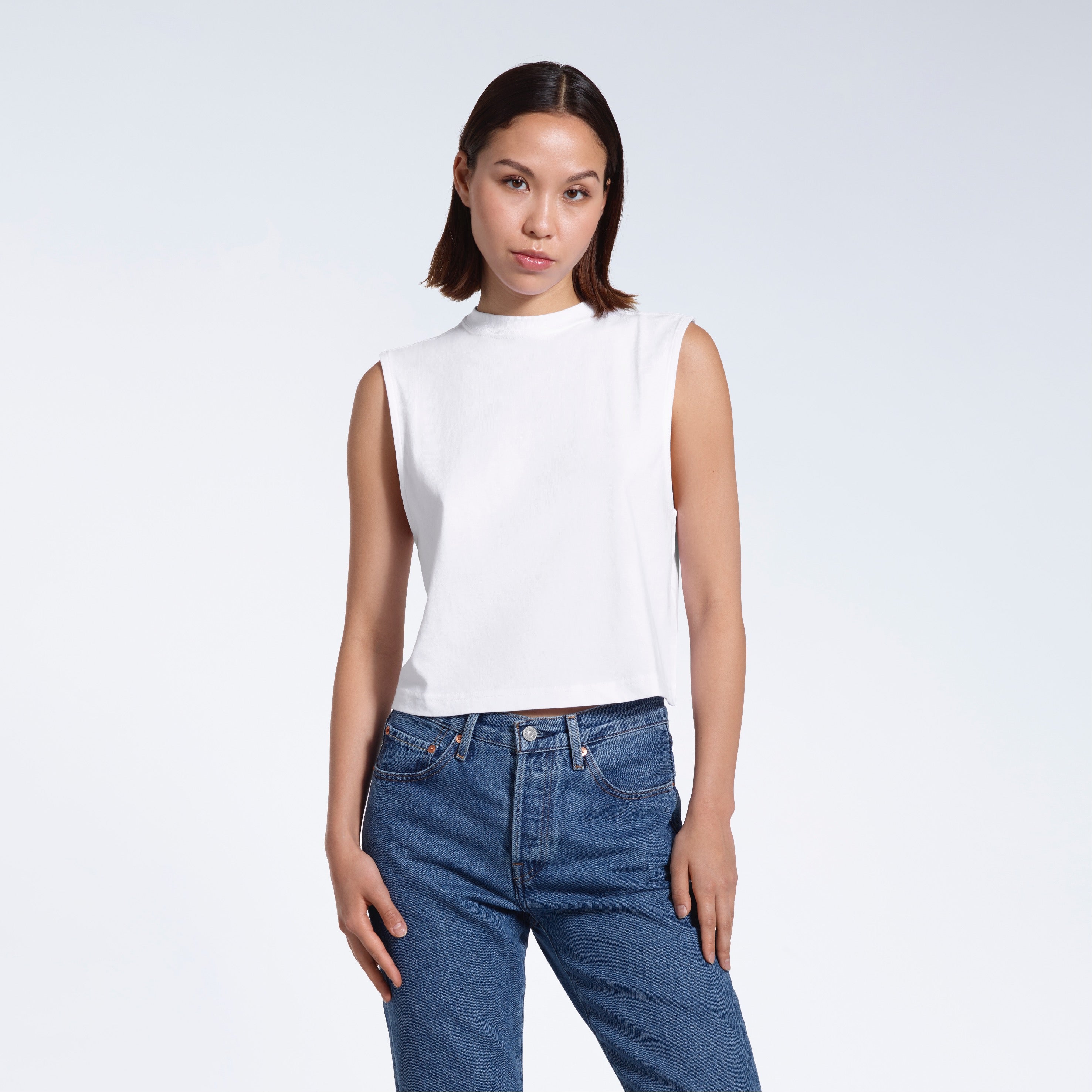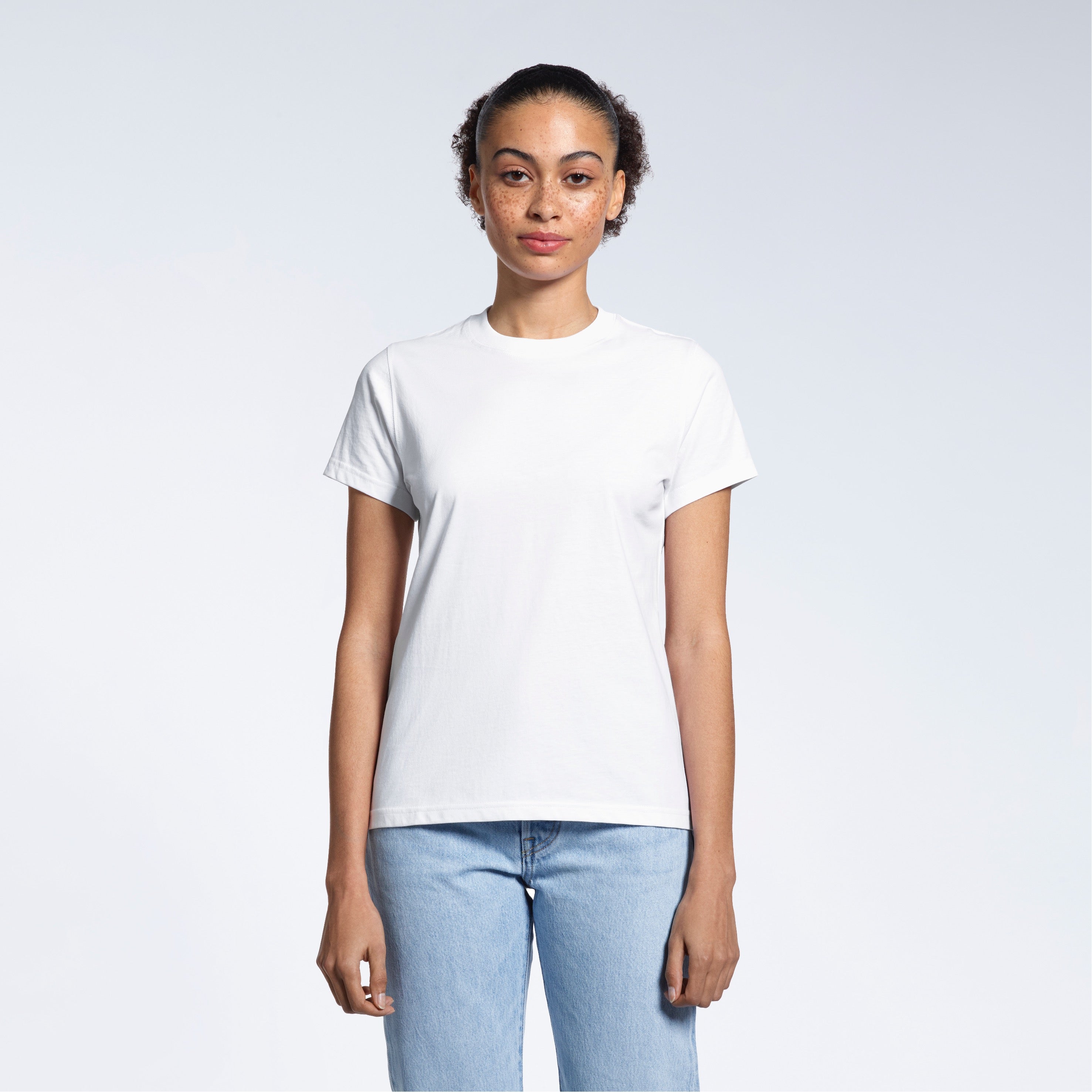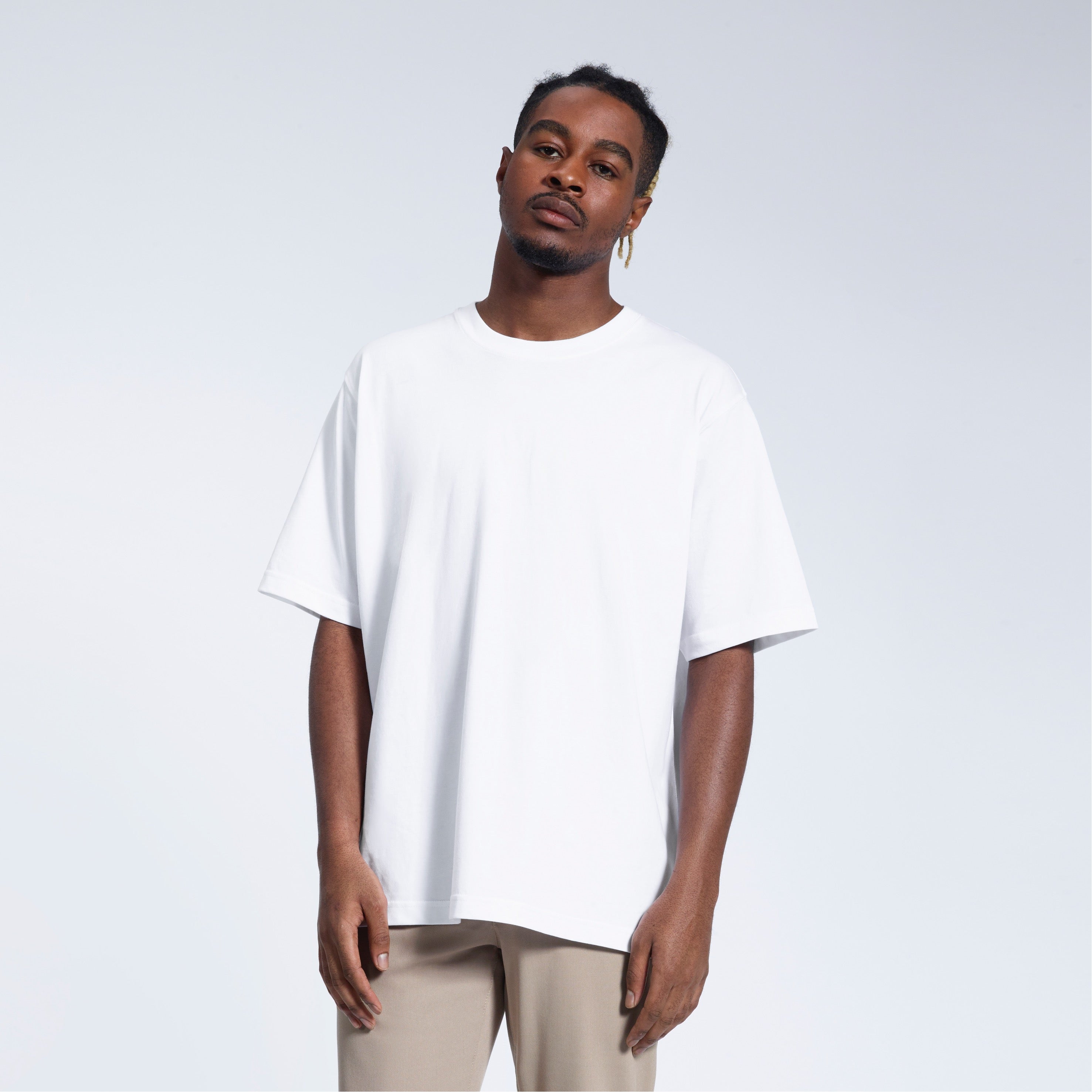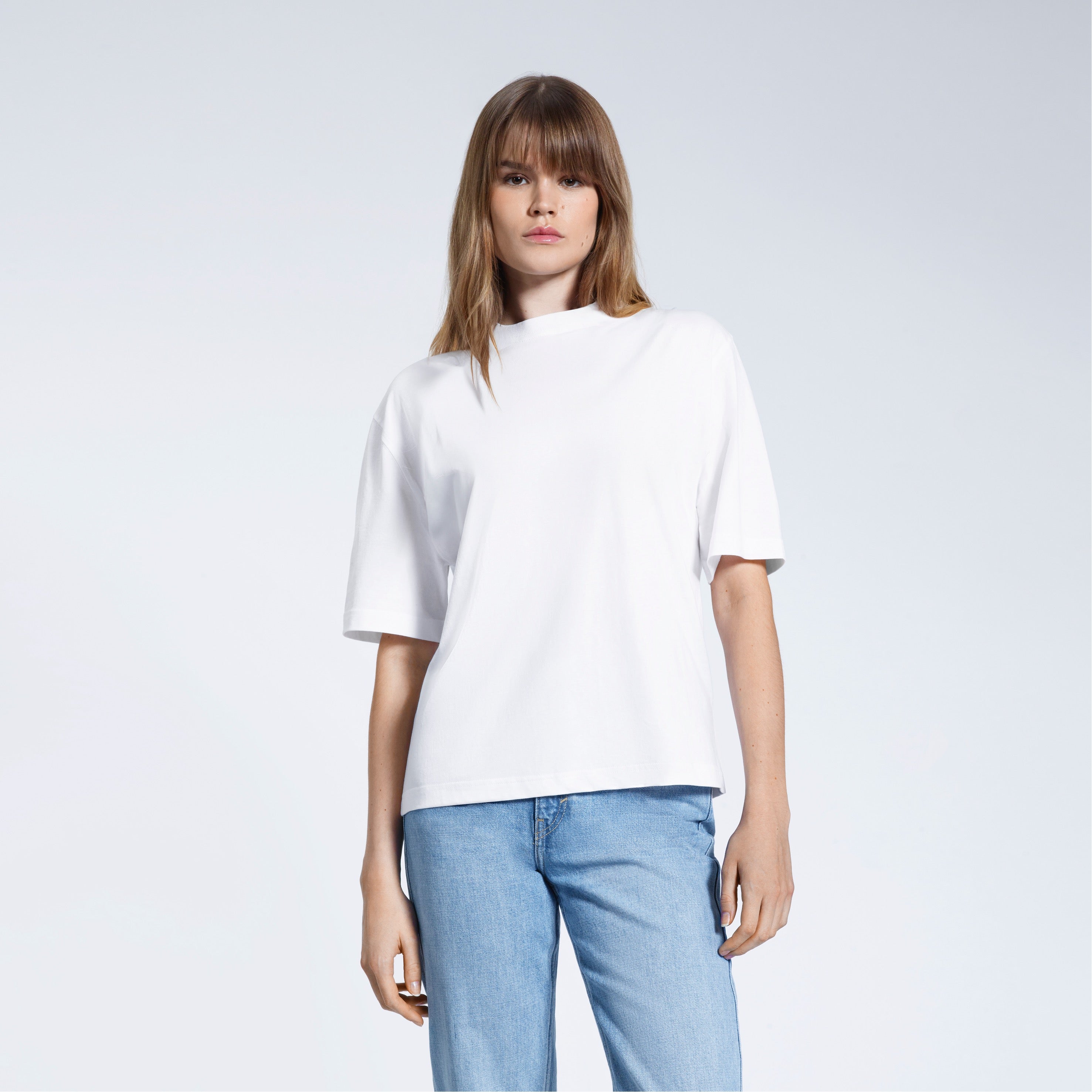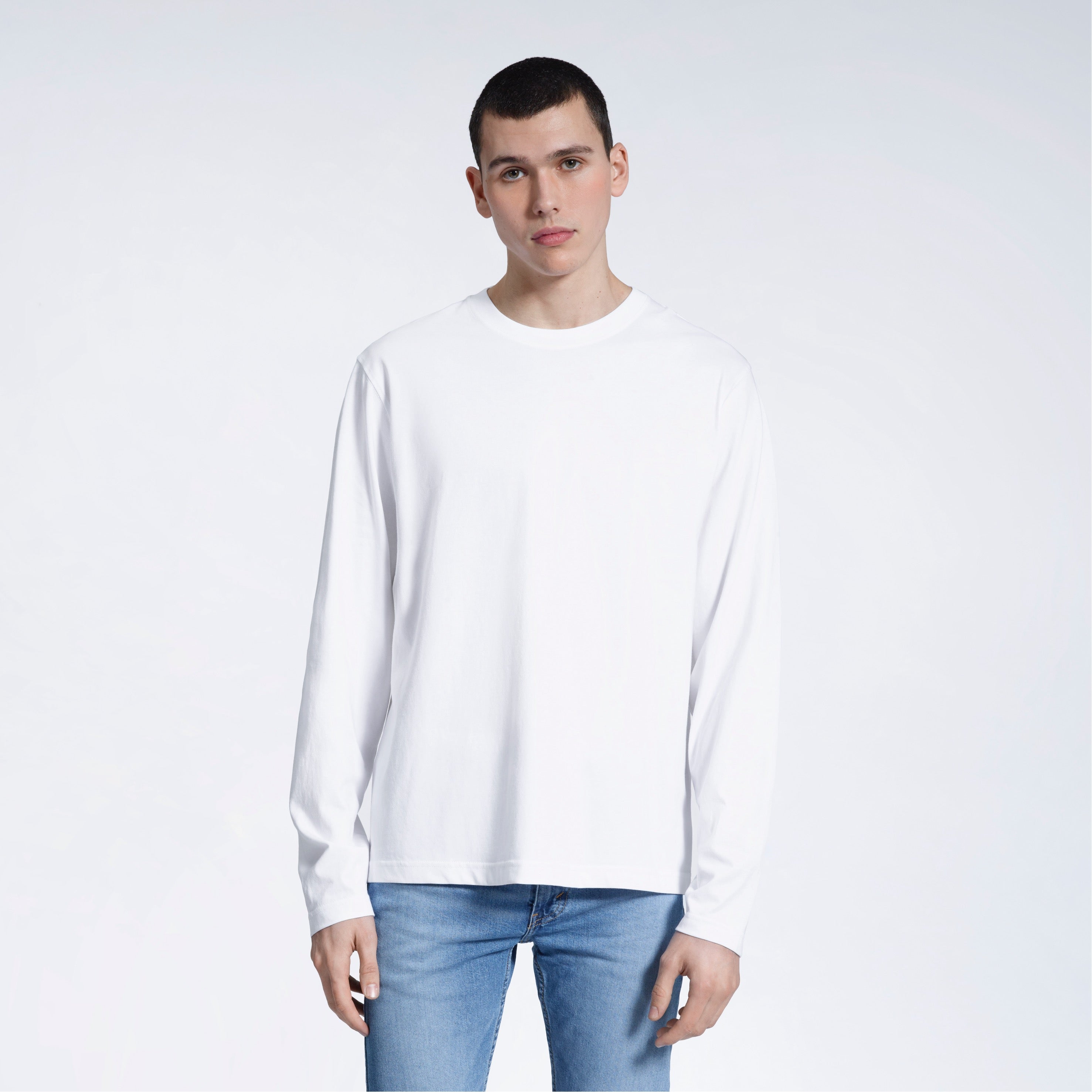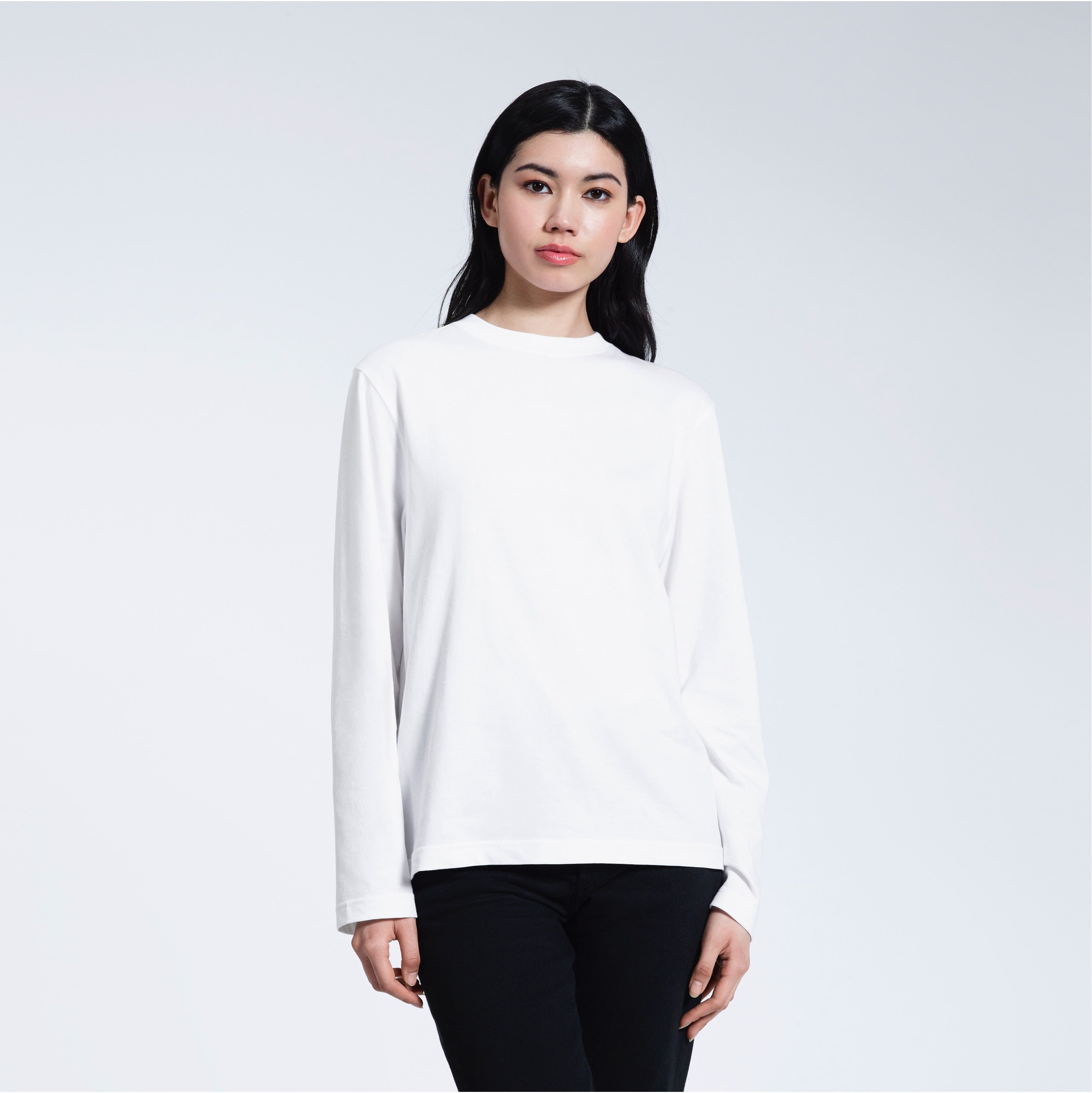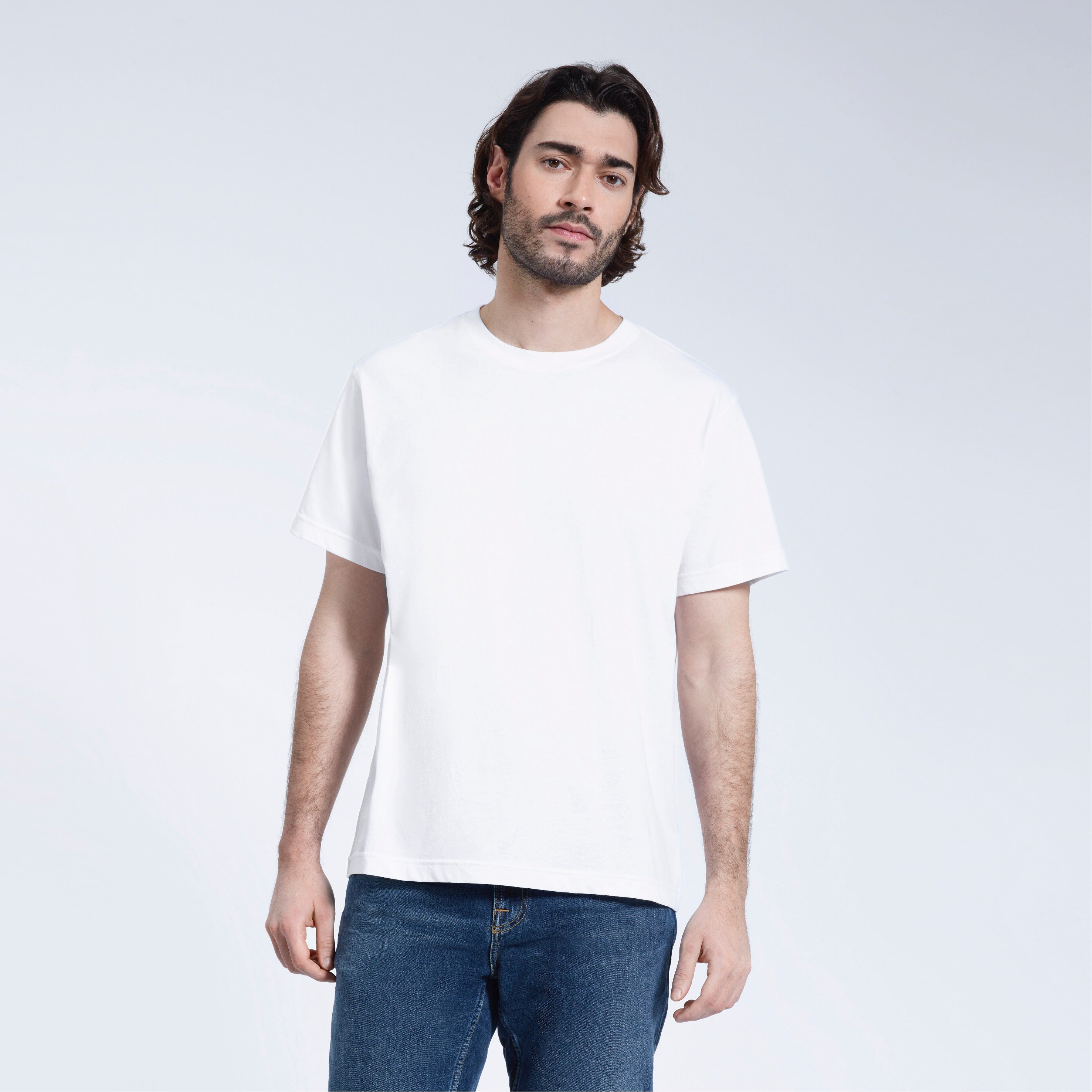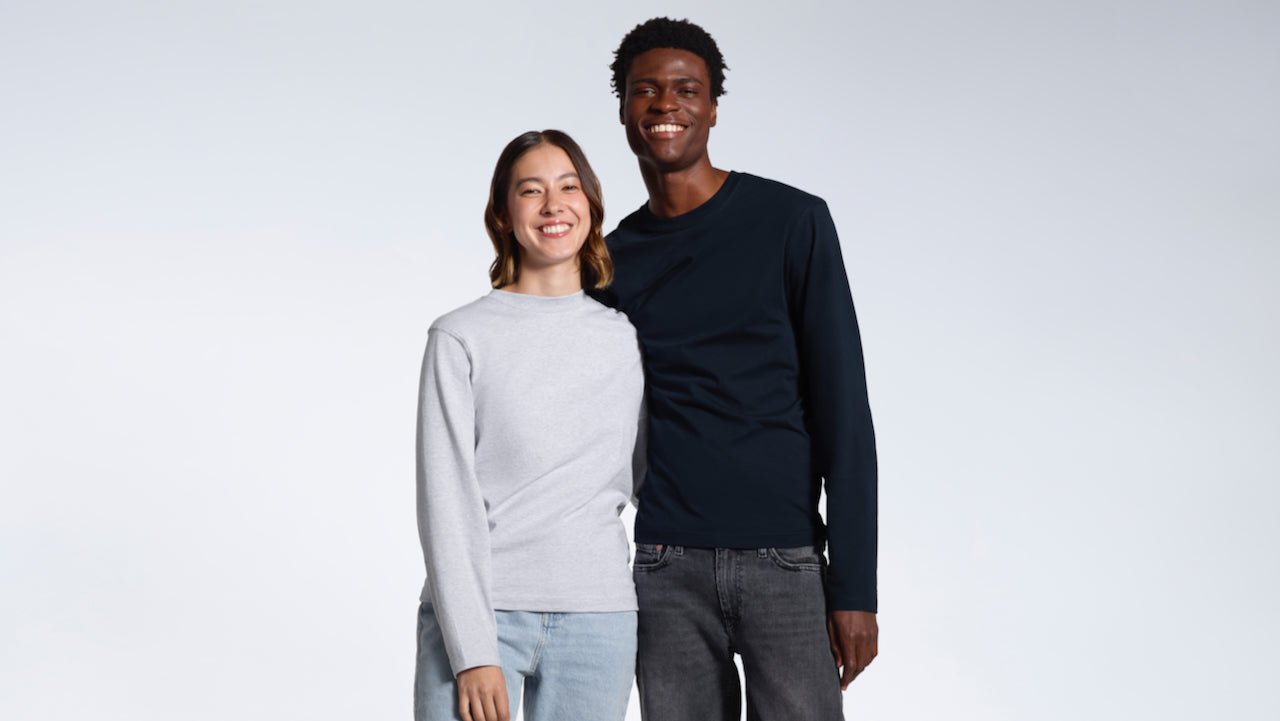
What Is Circular Fashion? A Beginner’s Guide
Sustainability is a big part of everything we do at Plainandsimple. But being sustainable isn't just about using organic fabrics or making sure every step of our supply chain is ethical; it also means rethinking the whole fashion system. Circular fashion is a trend that is changing how clothes are made, worn, and thrown away.
Find out what circular fashion is, why it's important, and how you can help make this much-needed change in this start-up guide.
What does circular fashion mean?
Circular fashion is a way of designing and making clothes that focuses on making things last longer, then re-purposing the materials to make something new. Circular fashion closes the loop instead of the standard "take, make, waste" model. Clothes are used for as long as possible and are recycled, repurposed, or biodegraded when they reach the end of their life.
To put it another way, the goal of circular fashion is to make a system where there is no waste.
A circular economy is a larger concept that questions the "disposable" way of thinking and tries to create systems that work like nature, where everything has a use and nothing is wasted.
What's wrong with linear fashion?
To understand why circular fashion is important, we need to look at the old way of doing things.
The fashion business usually works in a straight line:
-
Things like cotton, water, and oil for synthetics are taken out of the ground.
-
Clothes are made, and they are often made in large numbers at a low cost.
-
People wear them, but only a few times at most.
-
Clothes are thrown away and end up in dumps or fires.
This plan uses a lot of resources and causes a lot of pollution. This is what the Ellen MacArthur Foundation says:
-
Every second, enough textiles to fill a rubbish van are burnt or dumped in the ground.
-
About 10% of the world's carbon emissions come from the fashion industry.
-
Not even 1% of used clothes are turned into new ones.
That can't go on forever. There is a way forward with circular fashion.
How circular fashion works
Fashion needs to follow a few key rules if we want to be more circular. In real life, that looks like this:
1. Durability
Both the style and the quality of clothing should be made to last. This means they are made of good materials, have strong stitching, and have classic styles that won't go out of style next season.
At Plainandsimple, we believe in making simple, wearable pieces that don't follow trends but instead help people build timeless capsule wardrobes.
2. Use materials that can be used again and again
Organic cotton, hemp, linen, and other natural, biodegradable materials are favoured by circular fashion. Recycled fibres are also used more often to lessen the need for new resources.
Brands are also looking into regenerative agriculture, which grows crops in a way that improves the health of the land and the diversity of life in it. This closes the loop even more.
3. Don't throw things away.
This is one of the easiest ways to do your bit. Clothes that are used for longer through renting, reselling, fixing, or upcycling mean fewer need to be made.
Here are some ideas for how you can get involved:
-
Take-back programs let customers return used clothes so that they can be recycled or sold again. This usually involves money off their next order, or some kind of other incentive.
-
Swapping clothes with friends and family or at a shop/event.
-
Make sure you know where your local repair services shop is, or be prepared to do some DIY at home to prolong the life of clothes you already have.
-
Markets or car boot sales to buy and sell used goods.
4. Biodegrade or recycle at the end of its life
Circular fashion makes sure that clothes don't end up in landfills when they are no longer used.
-
Recycling: using old clothes to make new ones.
-
Biodegrading: items that are made from only natural fibres can break down in compost or soil.
-
Upcycling: creatively turning old clothes into new, different pieces - for example, making a new bag out of an old pair of jeans.
-
Downcycling: turning old clothes into new ones that can be used for cleaning, padding, or other things.
Brands need to plan and make clothes that will last a long time. They shouldn't use things like plastic buttons and mixed fibres because they can make recycling harder.
Why circular fashion is good for both people and the planet
Environmental Benefits:
-
Clothes don't end up in landfills or the ocean, meaning there’s less rubbish in general.
-
Cleaning and reusing cuts down on the need to make new ones, which leads to less pollution.
-
Less water, energy, and raw materials are needed, so fewer resources are used.
Financial Prospects
-
There are new ways to make money - development in renting, selling, and repair services.
-
Repair shops and recycling centres can create local jobs.
-
Material and technology innovations are driven by circular design.
Social Impact
-
Circular brands often foster more ethical production policies, meaning better working conditions throughout the supply chain.
-
Consumers feel more empowered by actively getting involved to help make their clothes last longer.
-
New trends steer people away from overconsumption and towards life with purpose.
As a customer, what can you do?
The good news is that circular fashion isn't just an idea; we can all start using it right away. You can take part in the following ways:
1. Choose wisely and buy less
Ask yourself, "Do I really need this?" before you buy something new. Will I wear it more than 30 times? Choose things that are well-made and can be used in a variety of ways.
2. Back brands that are circular
Look for brands like us that use eco-friendly materials, have take-back schemes, or make their products to last.
3. Take Good Care of Your Clothes
Your clothes will last a lot longer if you wash them less often, at lower temperatures, and let them dry naturally.
4. Repurpose and mend imperfections
Don't throw something away because it's dirty or torn. Learn how to fix simple things or get creative with changes you make yourself.
5. Sell or give away
Think about either selling your used clothes or donating them to someone who can upcycle them if they no longer fit your style or size.
6. Recycle in a smart way
You can use textile recycling points or brand recycling schemes. Use the bin for something else.
The future is circular
Circular fashion makes us think about how much we value clothes and how we might go from mindless consumption to deliberate, circular participation.
We believe that fashion should be honest, pure, and made to make the world a better place. We are glad to be part of the circular fashion economy and sell pieces that enable you to dress with a purpose.
Join the circular economy and fight for a better world and a more considerate future.
